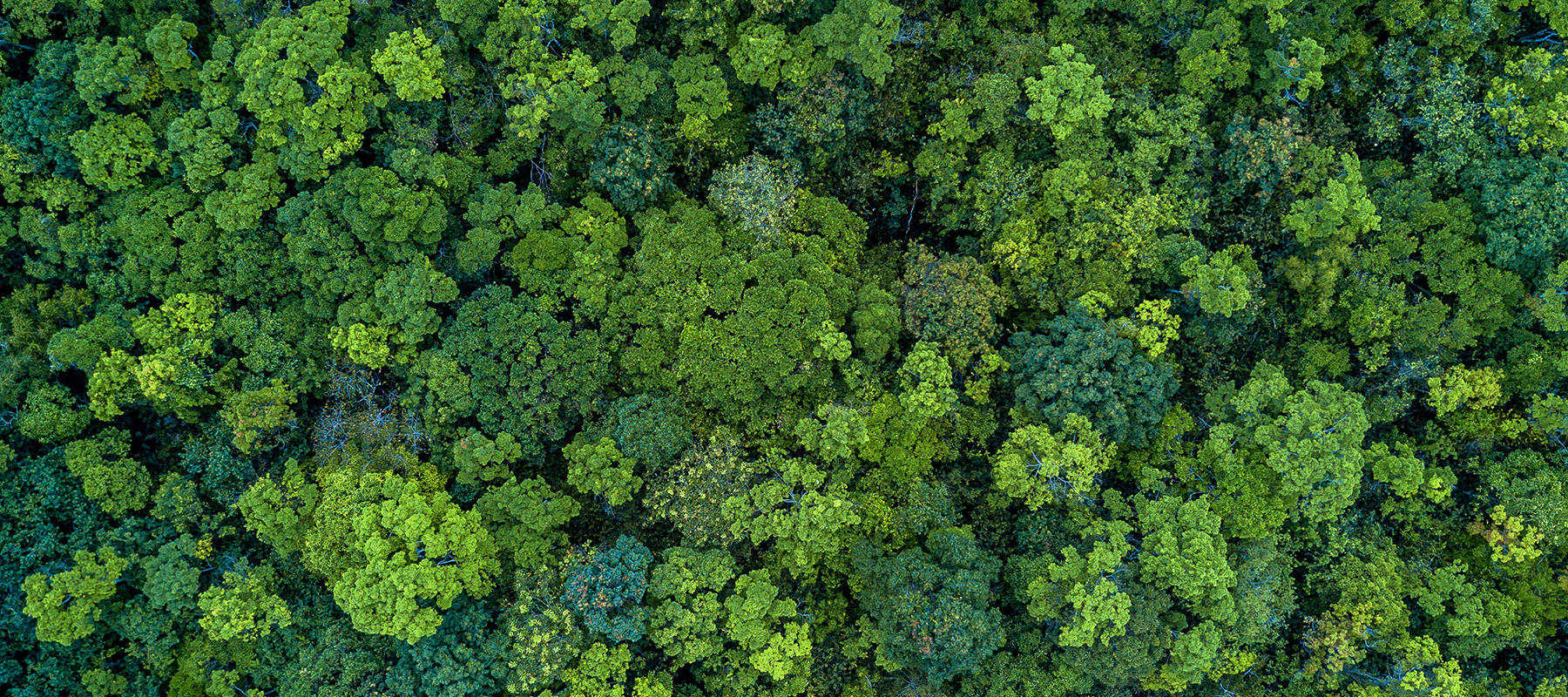Please note that the information in this glossary is subject to change and will be updated in accordance with new developments. If you see something that needs consideration, please get in touch.
-
Label & Packaging Materials
- Europe
- North America
- Latin America
- Asia Pacific
-
Avery Dennison Corporation
- North America
- Asia Pacific
- Europe
- South America
-
Environmental, Social, Governance (ESG)
- Global
-
Automotive Solutions
- Global
-
Avery Dennison Medical
- Global
-
Fastener Solutions
- Global
- Asia Pacific
-
Graphics Solutions
- North America
- Europe
- Latin America
- Asia Pacific
-
Hanita Coatings
- Global
-
Inks
- North America
-
Muse
- Global
-
Personal Care
- Asia Pacific
- Global
-
Performance Polymers
- Global
- Europe
-
Performance Tapes
- Global
- Europe
-
Apparel Solutions
- North America
- Asia Pacific
- newness
-
RFID
- Global
- Europe
- Asia Pacific
-
Reflective Solutions
- Global
-
Yongle
- Global
- Asia Pacific
-
Identification Solutions
- North America
- Europe
-
Mactac
- EMENA
- Asia Pacific
-
Electrified
- North America
-
Digital Ink Solutions
- North America


